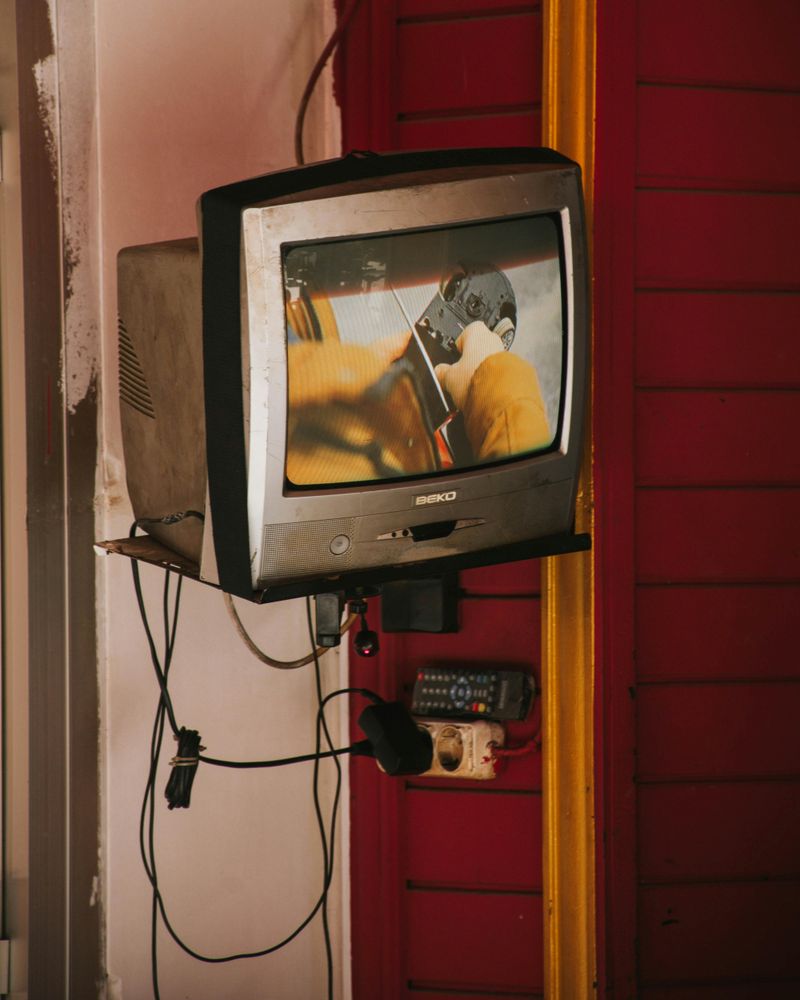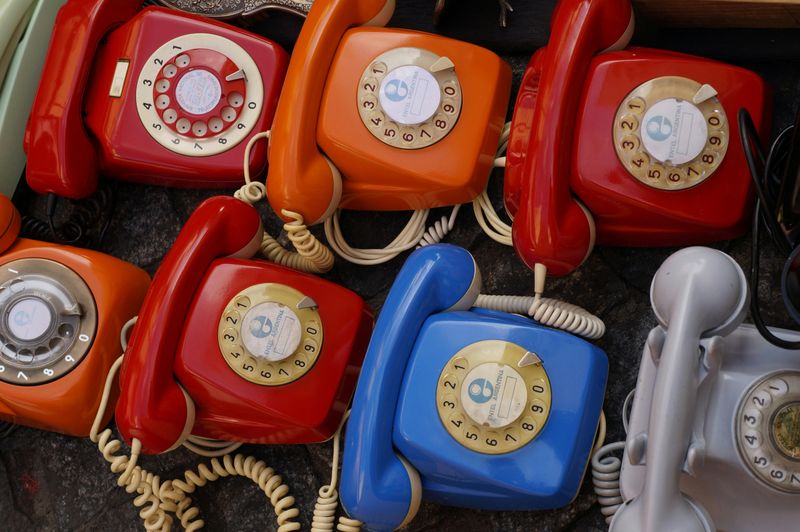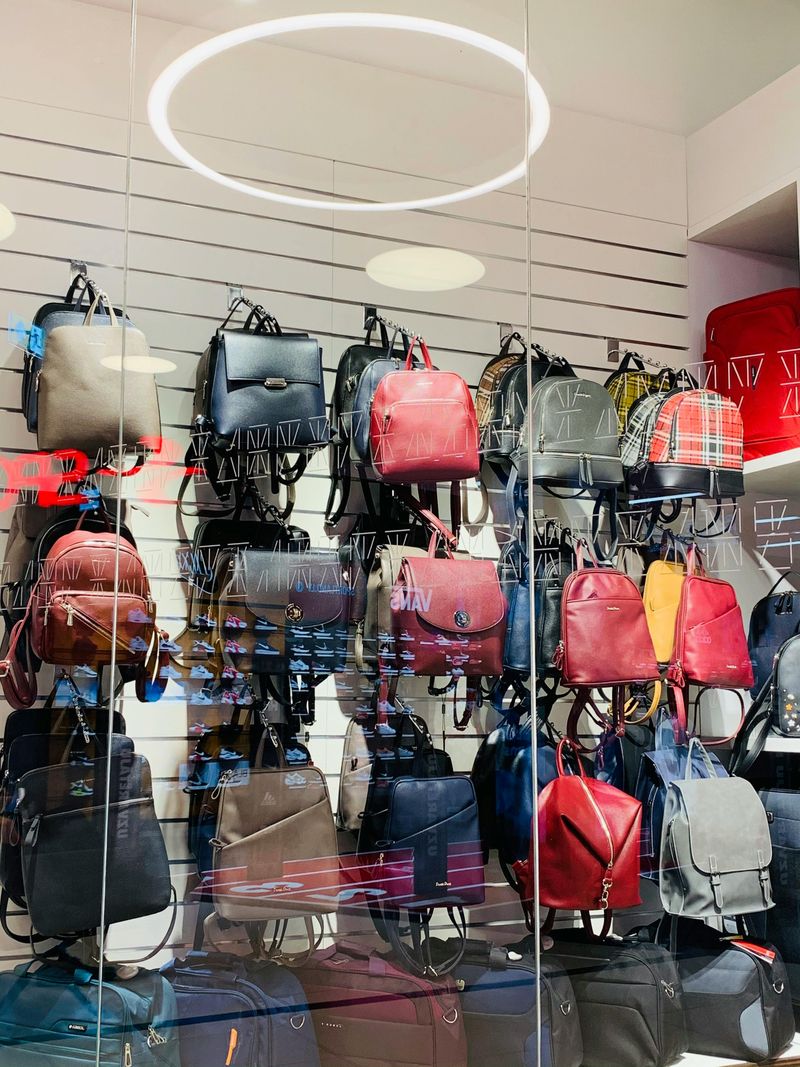13 Things Boomers Loved but Gen Z Doesn’t

Remember when having a landline phone was essential and collecting DVDs was a weekend hobby? Times have certainly changed! As technology advances and cultural values shift, many things Baby Boomers cherished have fallen out of favor with Generation Z. This generational gap reveals fascinating differences in how we communicate, consume entertainment, and define success.
1. Cable TV Packages

The bulky cable box once dominated living rooms across America, offering hundreds of channels that families flipped through during evening routines. Boomers willingly paid premium prices for bundled packages, scheduling their lives around favorite show air times.
Today’s Gen Z viewers laugh at the concept of waiting a week between episodes or paying for channels they never watch. They’ve grown up in an on-demand world where streaming services like Netflix and Disney+ offer commercial-free viewing anytime, anywhere, on any device.
Monthly streaming subscriptions cost a fraction of traditional cable packages, allowing viewers to pick and choose services that match their interests rather than accepting one-size-fits-all bundles. For Gen Z, the idea of being tethered to a TV schedule feels as outdated as dial-up internet.
2. Landline Phones

The distinctive ring of a home telephone once summoned family members running from all corners of the house. Landlines represented connectivity and permanence – a physical link to the outside world that entire households shared. Phone books and memorized numbers were part of daily life.
Gen Z has never known a world where phones were attached to walls or had cords that tangled. Their first phone experiences likely involved touchscreens and apps rather than rotary dials or buttons. The concept of “calling the house” instead of directly reaching an individual seems bizarrely inefficient to them.
While Boomers valued the reliability of landlines during power outages, younger generations prefer the freedom of smartphones that combine communication, entertainment, navigation, and countless other functions in one portable device.
3. Department Stores

Saturday shopping trips to Sears, JCPenney, or Macy’s were weekly rituals for many Boomer families. These retail giants anchored sprawling malls where shoppers spent entire days browsing merchandise, eating at food courts, and socializing. Department stores offered everything from appliances to clothing under one roof.
Gen Z approaches shopping completely differently, preferring the convenience of online retailers with user reviews and comparison tools. When they do shop in person, they often seek unique experiences at local boutiques or sustainable thrift stores rather than cookie-cutter department store offerings.
The decline of these retail behemoths represents more than changing shopping habits – it signals a shift away from mass consumerism toward more personalized, environmentally conscious purchasing decisions. Department stores’ rigid return policies and limited selection feel restrictive to a generation accustomed to endless online options.
4. Physical Media Collections

Remember the pride of displaying carefully organized DVD and CD shelves in your living room? Boomers invested thousands in building impressive collections, meticulously arranging albums and movies for both practical use and visual statement. Special edition box sets and limited releases were coveted prizes.
Gen Z finds this physical media obsession completely baffling. Why dedicate precious living space to store content that’s instantly accessible through streaming services? The concept of “owning” media feels unnecessary when everything lives in the cloud.
Beyond convenience, the environmental impact of manufacturing plastic discs makes physical media collections seem wasteful to younger generations. While some Gen Z members appreciate vinyl records for their audio quality and aesthetic appeal, the idea of collecting DVDs or CDs seems as practical as hoarding 8-track tapes or VHS cassettes.
5. Casual Dining Chains

Olive Garden breadsticks and Applebee’s half-price appetizers represented the height of casual dining luxury for many Boomer families. These restaurant chains offered predictable menus, comfortable atmospheres, and reasonable prices that made dining out accessible for middle-class Americans. Birthday celebrations and family gatherings often centered around these familiar establishments.
Gen Z foodies scroll past these chain restaurants on delivery apps, preferring authentic ethnic eateries, local cafés with Instagram-worthy aesthetics, or innovative food trucks. They value unique culinary experiences over consistency and often prioritize establishments with sustainable practices and plant-based options.
The decline of casual dining chains reflects broader shifts in food culture. Modern young diners seek transparency about ingredients and preparation methods while craving distinctive flavors that can’t be replicated across thousands of identical restaurant locations.
6. Golf as a Leisure Activity

Nothing symbolized success for many Boomer men quite like spending Saturday mornings on manicured greens, discussing business deals between swings. Golf represented both recreation and networking – a sport that doubled as a professional advancement strategy. Country club memberships and custom clubs signaled you’d “made it” in life.
For most Gen Z individuals, golf’s appeal has faded significantly. The sport’s time commitment (4+ hours per round), substantial equipment costs, and exclusive atmosphere feel out of step with younger lifestyles. Many view golf courses as environmental problems due to their massive water usage and chemical treatments.
Alternative outdoor activities like hiking, rock climbing, or pickup basketball offer more immediate gratification and accessibility without membership fees or dress codes. When Gen Z does participate in golf, they’re more likely to visit topgolf entertainment venues that combine the sport with social experiences.
7. Print Newspapers and Magazines

Morning coffee paired with the satisfying rustle of newspaper pages once formed the cornerstone of adult information consumption. Boomers anticipated the daily thud of the paper hitting their driveway and saved special magazine issues as keepsakes. Sunday editions required hours to fully explore.
Gen Z encounters news through vastly different channels – primarily social media feeds, news apps, and YouTube videos. Information flows continuously rather than arriving in daily or monthly packages. The concept of waiting for tomorrow’s paper to learn about today’s events seems absurdly inefficient.
Beyond immediacy, digital news offers interaction through comments, shares, and personalized feeds that print never could. While some traditional journalism qualities have been sacrificed in this transition, younger generations value the democratization of information and diverse perspectives available online. Paying for printed news feels as logical to them as buying physical maps.
8. Cars as Status Symbols

The make and model of your car once broadcast your social standing to the world. Boomers viewed vehicle ownership as a critical milestone on the path to adulthood and independence. Washing the car on weekends and showing off new features to neighbors were common rituals in suburban driveways across America.
For many in Gen Z, cars represent something entirely different – if they want them at all. Growing up during climate change awareness campaigns and witnessing rideshare revolutions has transformed their relationship with automobiles. Urban-dwelling young adults often see cars as expensive burdens rather than liberating assets.
When Gen Z does purchase vehicles, practical considerations like fuel efficiency and technology integration typically outweigh prestige factors. The rise of remote work further diminishes the necessity of car ownership for many. Some environmentally conscious young adults actively avoid driving, preferring public transportation or bicycles for both ecological and financial reasons.
9. Casual Fridays at the Office

Breaking out those khaki pants and polo shirts for “casual Friday” once represented the height of workplace rebellion. Boomers appreciated this small weekly reprieve from formal business attire as a meaningful perk. Water cooler conversations often included comments about colleagues finally showing their “personality” through slightly less formal clothing.
Gen Z enters workplaces with completely different expectations about professional appearance. Having witnessed CEOs in hoodies and the rise of remote work, the concept of special permission to dress down one day weekly seems comically restrictive. Their professional wardrobes blur the lines between work and personal style.
The pandemic accelerated this shift dramatically as video calls normalized seeing colleagues in comfortable home environments. Modern workplace culture increasingly focuses on productivity and creativity rather than arbitrary dress codes. For many Gen Z professionals, the idea of maintaining separate “work clothes” feels as outdated as fax machines.
10. Country Club Memberships

Exclusive membership cards once opened doors to a world of privilege where business deals happened on golf courses and social connections flourished at poolside gatherings. Country clubs represented achievement for many Boomers – physical spaces where success was acknowledged and celebrated among peers with similar accomplishments.
Gen Z views these institutions with skepticism or outright rejection. The formality, homogeneity, and exclusivity that once made country clubs appealing now make them seem antiquated and problematic. Young adults prefer more inclusive, diverse social environments without rigid rules or dress codes.
Financial considerations also play a role in this shift. While Boomers might have justified hefty membership fees as networking investments, younger generations find more efficient ways to build professional connections through digital platforms and industry events. The concept of paying thousands annually for access to a single social venue feels increasingly disconnected from modern values.
11. Cursive Handwriting

Perfecting those flowing connected letters once occupied countless elementary school hours as teachers emphasized the importance of proper penmanship. Boomers learned cursive as an essential life skill for everything from writing checks to signing important documents. Handwritten letters and cards carried special significance.
Many Gen Z individuals never learned cursive at all as schools shifted focus toward digital literacy and keyboarding skills. Those who did receive cursive instruction often view it as an archaic art form rather than practical communication method. Their fingers are more accustomed to tapping screens than gripping pens.
While some mourn this loss of handwritten elegance, the practicality of digital communication is undeniable. Text messages deliver information instantly across any distance, while handwritten notes require physical delivery. Gen Z sees little reason to master an additional writing system when printed letters serve the same functional purpose with greater clarity.
12. Homeownership as Ultimate Success

The white picket fence dream dominated Boomer aspirations, with homeownership representing the definitive marker of adulthood and financial stability. Mortgage-burning parties celebrated freedom from housing debt as major life accomplishments. Real estate was viewed as the safest, most reliable investment possible.
Gen Z approaches housing with radically different perspectives shaped by economic realities and changing values. Many witnessed their parents struggle through the 2008 housing crisis, challenging the notion that property always appreciates. Skyrocketing prices in desirable areas have pushed traditional homeownership timelines back by decades.
Beyond affordability concerns, younger generations question whether being tied to one location makes sense in an increasingly mobile job market. Many prioritize experiences, travel, and financial flexibility over property ownership. Co-living arrangements and innovative housing models appeal to those seeking community connections without traditional mortgage commitments.
13. Fine China Collections

Wedding registries once centered around selecting the perfect formal dinnerware pattern that would grace holiday tables for decades. Boomers displayed china cabinets prominently in dining rooms, reserving these special dishes for important occasions. Family heirlooms passed down through generations symbolized tradition and continuity.
Gen Z approaches tableware with practical minimalism, preferring versatile, dishwasher-safe options that transition seamlessly from everyday use to special occasions. The concept of storing rarely-used dishes seems wasteful both financially and spatially, especially for those living in smaller urban apartments.
Changing entertainment styles also influence this shift. Formal dinner parties have given way to casual potlucks, restaurant gatherings, or food delivery. When young adults do host at home, they’re more likely to value unique, artisanal pieces with personal meaning over conventional matching sets. The ritual of polishing silver or hand-washing delicate china after gatherings holds little appeal for a generation valuing convenience.

Comments
Loading…